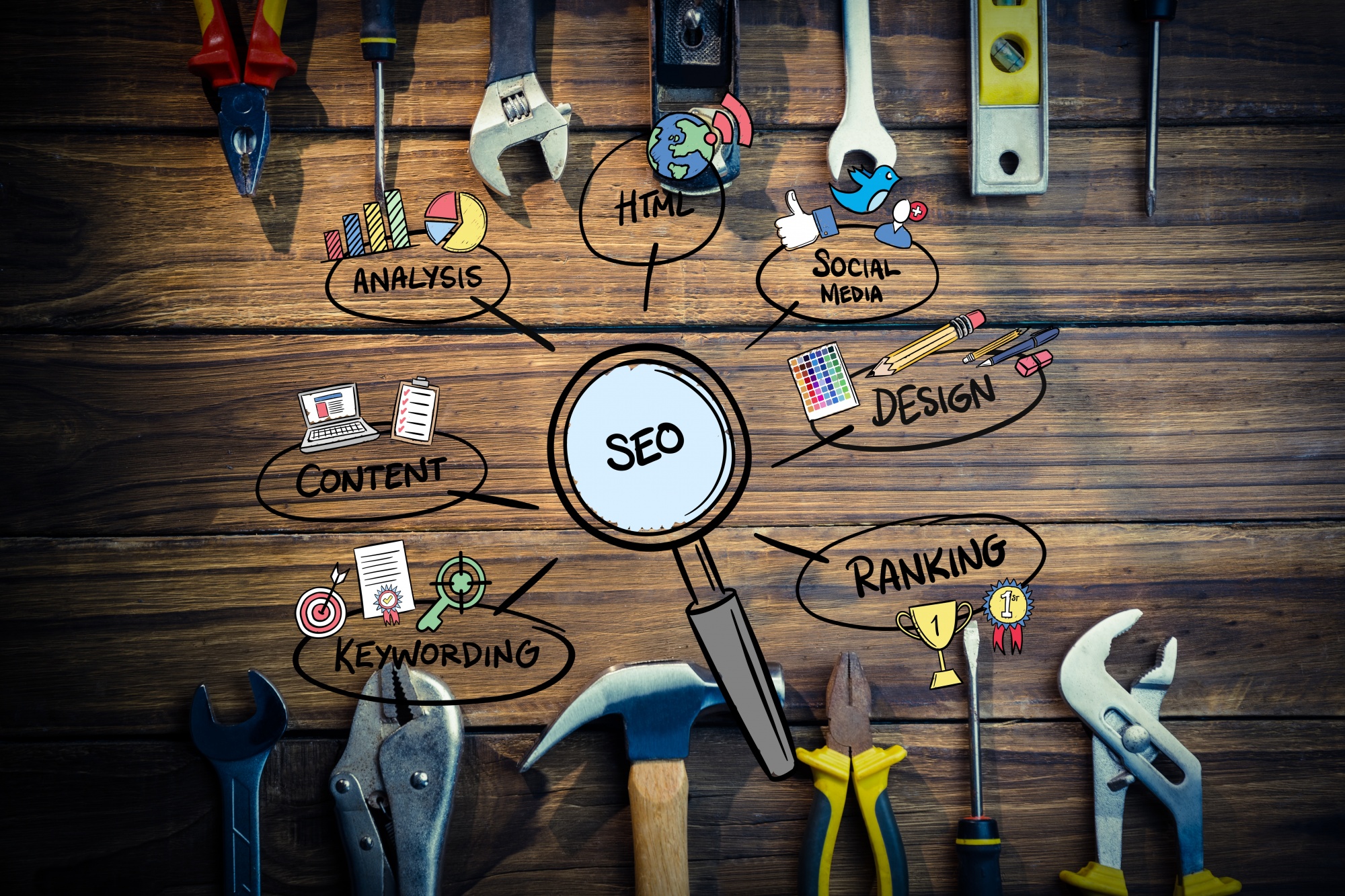On-Page SEO Ranking Factors: The Key to Higher Search Rankings
INTRODUCTION
In the ever-evolving world of digital marketing, Search Engine Optimization (SEO) remains a fundamental strategy for improving website visibility. On-page SEO focuses on optimizing elements within your website to enhance search rankings and provide a better user experience. In this blog, we’ll explore the essential on-page SEO ranking factors that can help boost your search rankings and drive more organic traffic.On-page SEO (Search Engine Optimization) is a critical aspect of digital marketing that focuses on optimizing individual web pages to rank higher in search engine results and drive organic traffic.
1. High-Quality Content
Content is the backbone of SEO. Search engines prioritize relevant, well-written, and engaging content that answers users’ queries. Here’s what makes content SEO-friendly:-
Originality – Avoid duplicate content and ensure your posts are unique.
-
Keyword Optimization – Use relevant keywords naturally throughout the content, including in headings and subheadings.
- Readability – Use clear and concise language, short paragraphs, and bullet points to enhance user experience.
- Content-Length – Longer, in-depth content tends to perform better, with 1,500+ words being an ideal range.
2. Title Tags & Meta Descriptions
Title tags and meta descriptions play a crucial role in attracting clicks from search results.- Title Tags – Keep them within 50-60 characters and include your primary keyword.
- Meta Descriptions – Provide a compelling summary (150-160 characters) that includes relevant keywords.
3. URL Structure
SEO-friendly URLs improve user experience and search rankings.- Keep URLs short, descriptive, and free of unnecessary characters.
- Use hyphens (-) instead of underscores (_) for better readability.
- Include your primary keyword in the URL.
4. Header Tags (H1, H2, H3, etc.)
Using structured header tags helps search engines understand content hierarchy and enhances readability.- Use a single H1 tag for the main title.
- Use H2, H3, and H4 for subheadings to organize content effectively.
- Include keywords naturally in header tags.
5. Image Optimization
Images make content visually appealing but can slow down page speed if not optimized.- Use descriptive filenames with keywords.
- Include alt text to help search engines understand images.
- Compress images to reduce file size without sacrificing quality.
6. Internal & External Linking
Strategic linking improves SEO and provides a better user experience.- Internal Links – Link to related articles on your site to keep users engaged and distribute link equity.
- External Links – Link to authoritative sources to increase credibility.
7. Mobile-Friendliness
Google uses mobile-first indexing, meaning mobile-friendly websites rank better.- Use responsive design.
- Ensure fast-loading pages on mobile devices.
- Avoid intrusive pop-ups that affect user experience.
8. Page Speed Optimization
Fast-loading pages reduce bounce rates and improve user experience.- Optimize images and enable browser caching.
- Minimize CSS, JavaScript, and HTML files.
- Use a Content Delivery Network (CDN) to enhance load times.
9. User Engagement Metrics
Google considers user engagement signals like:- Bounce Rate – A lower bounce rate indicates valuable content.
- Time on Page – Longer time spent suggests engaging content.
- Click-Through Rate (CTR) – An optimized title and meta description can improve CTR.
